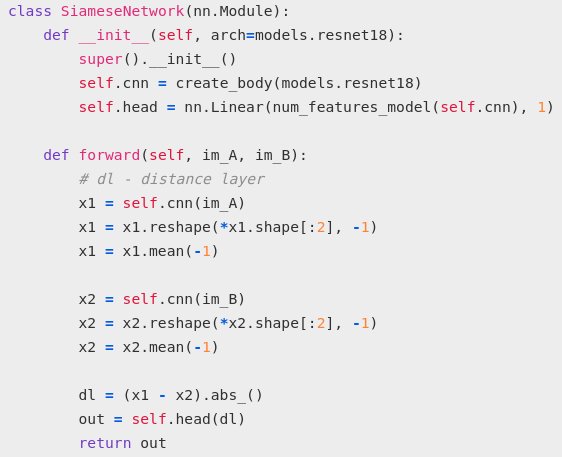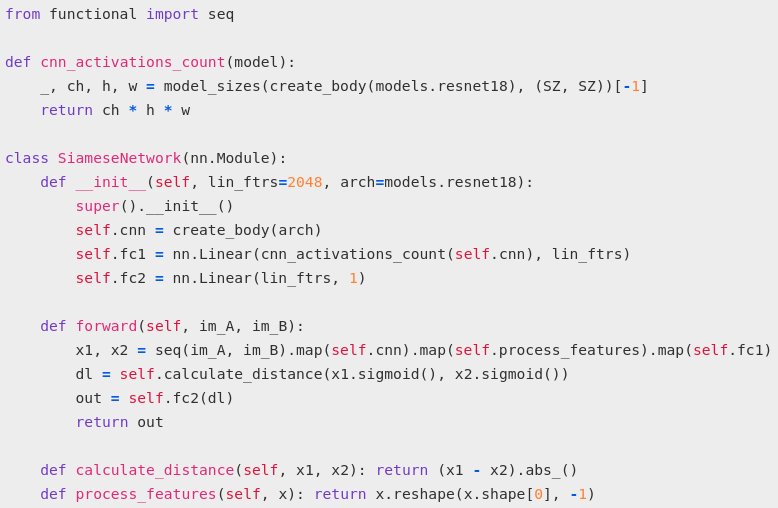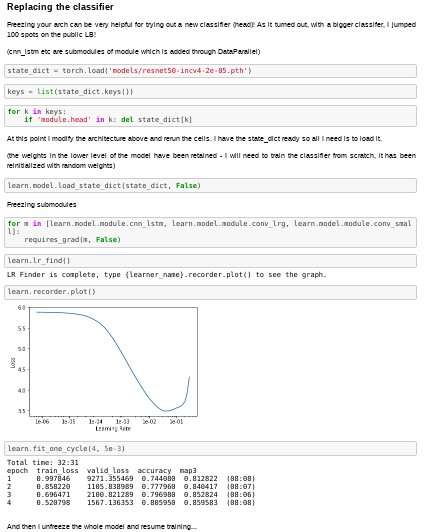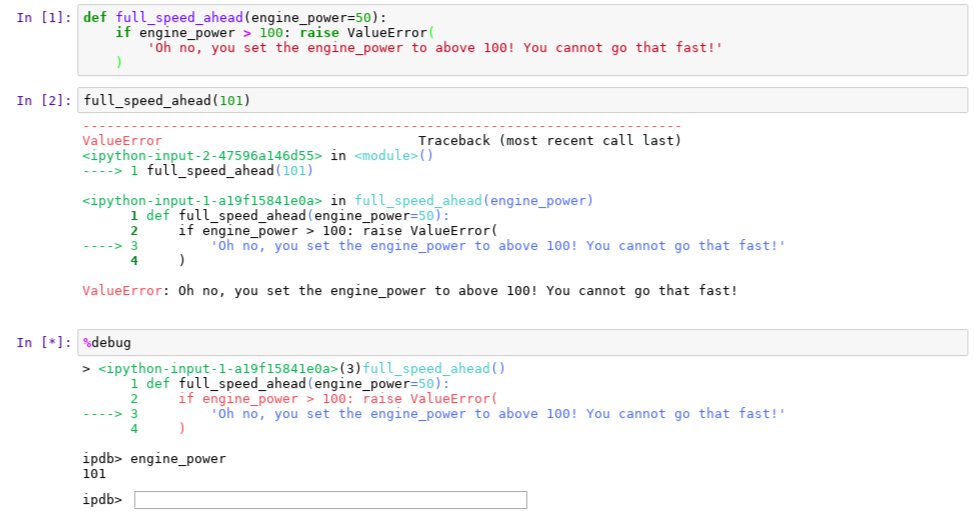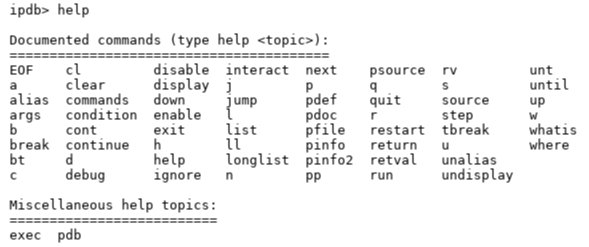
THREAD: Can you go from being a treasurer to doing cutting edge DL research through the power of the community? ✨
Sarada Lee (@moodymwlee) is the founder of the Perth ML Group and a Scholar @DataInstituteSF and @Uni_Newcastle.
Her amazing journey began with a selfless act...
Sarada Lee (@moodymwlee) is the founder of the Perth ML Group and a Scholar @DataInstituteSF and @Uni_Newcastle.
Her amazing journey began with a selfless act...

2/ In 2016 Sarada founded the Perth ML Group to help others learn.
How can the community support you? 🤗
It can...
✅ help you set up your environments 🧑💻
✅ provide technically-sound answers to challenging questions 💡
✅ make learning more fun! 🥳

How can the community support you? 🤗
It can...
✅ help you set up your environments 🧑💻
✅ provide technically-sound answers to challenging questions 💡
✅ make learning more fun! 🥳
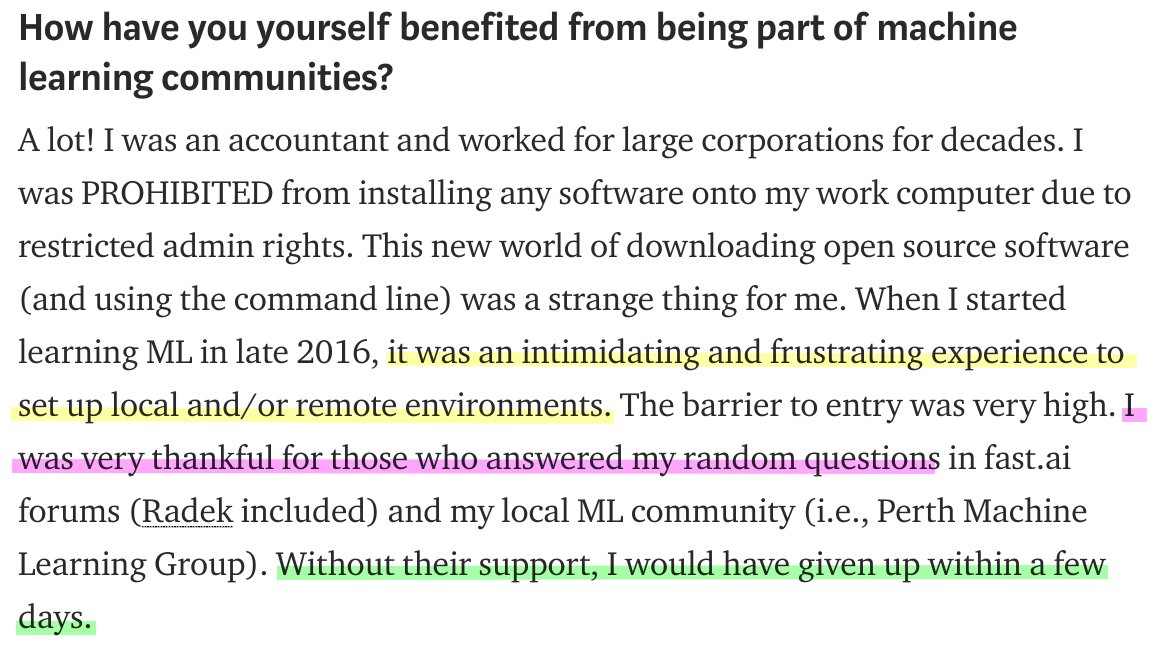
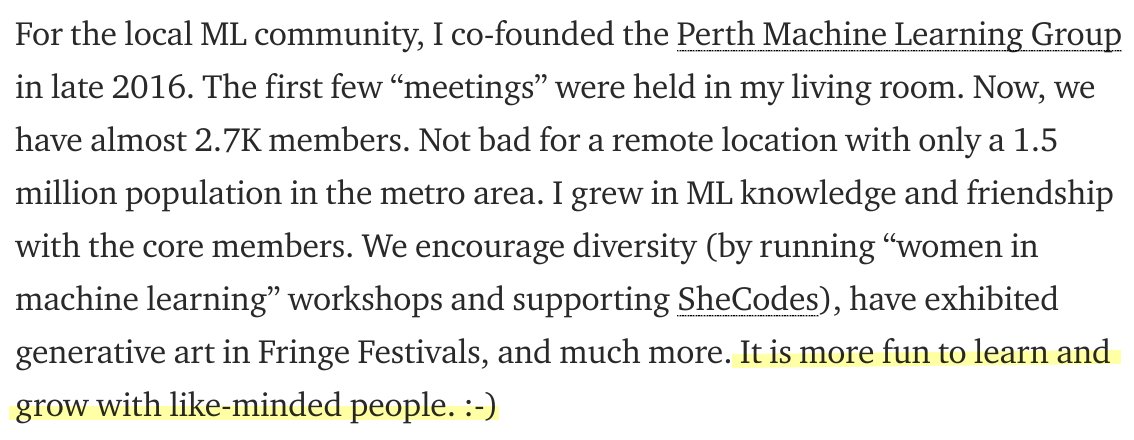
3/ What are some tips for community participation?
✅ explaining things to others will help you learn 🦉
✅ it's okay to be anxious about sharing your answers publicly - DMs are always an option 📨
✅ experiment with various approaches and learn in a way that suits you best 💡
✅ explaining things to others will help you learn 🦉
✅ it's okay to be anxious about sharing your answers publicly - DMs are always an option 📨
✅ experiment with various approaches and learn in a way that suits you best 💡

4/ This is purely an appreciation tweet 🙂
Sarada is part of the @fastdotai community. But I have not been aware of the many communities she is contributing to and the many ways in which she is making the world a better place.
Honored to learn from her and be inspired 🙏
Sarada is part of the @fastdotai community. But I have not been aware of the many communities she is contributing to and the many ways in which she is making the world a better place.
Honored to learn from her and be inspired 🙏
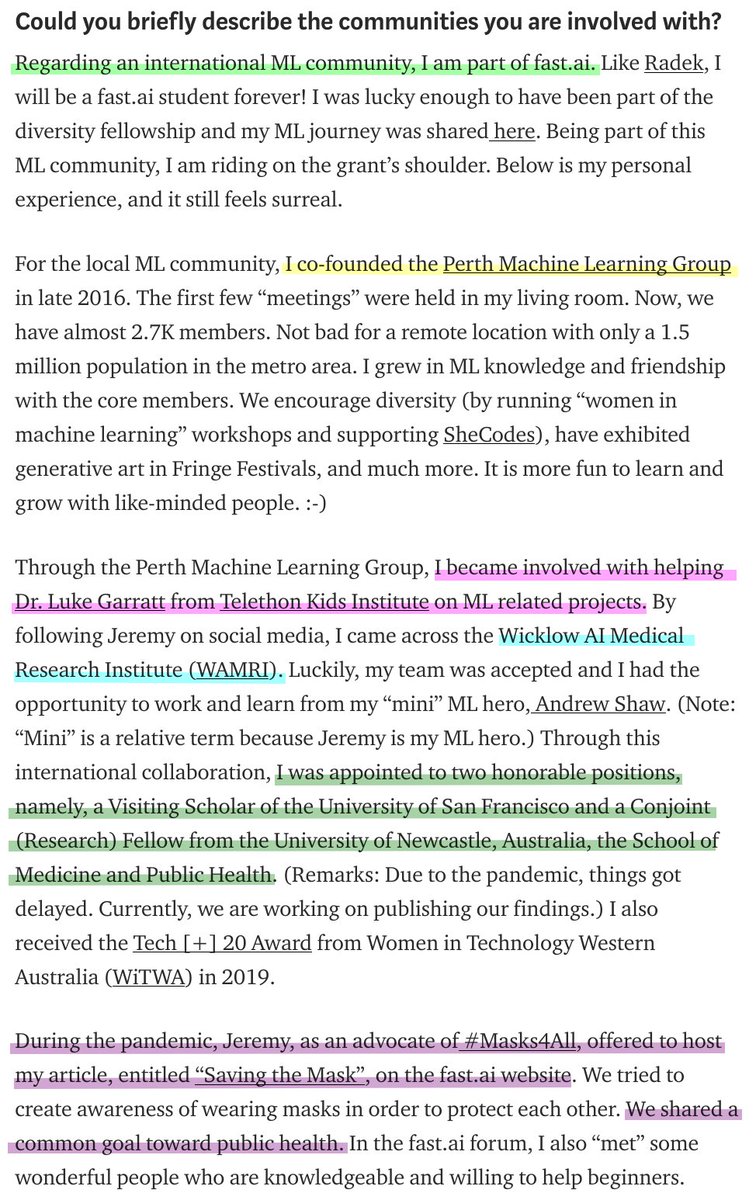
• • •
Missing some Tweet in this thread? You can try to
force a refresh

